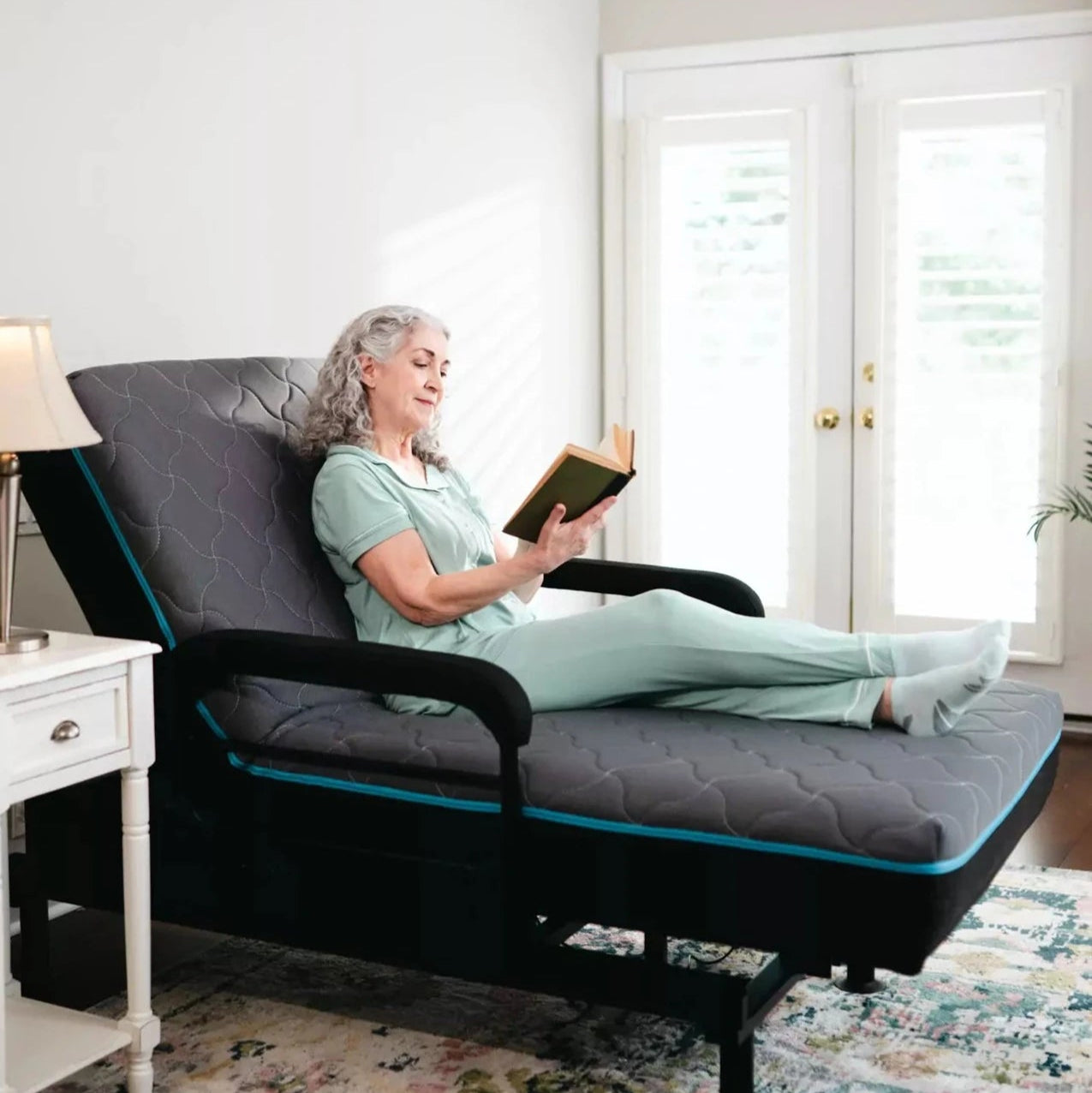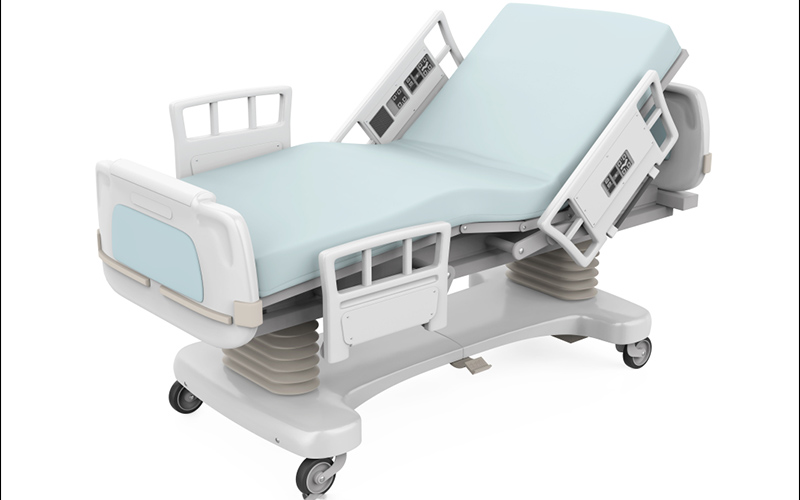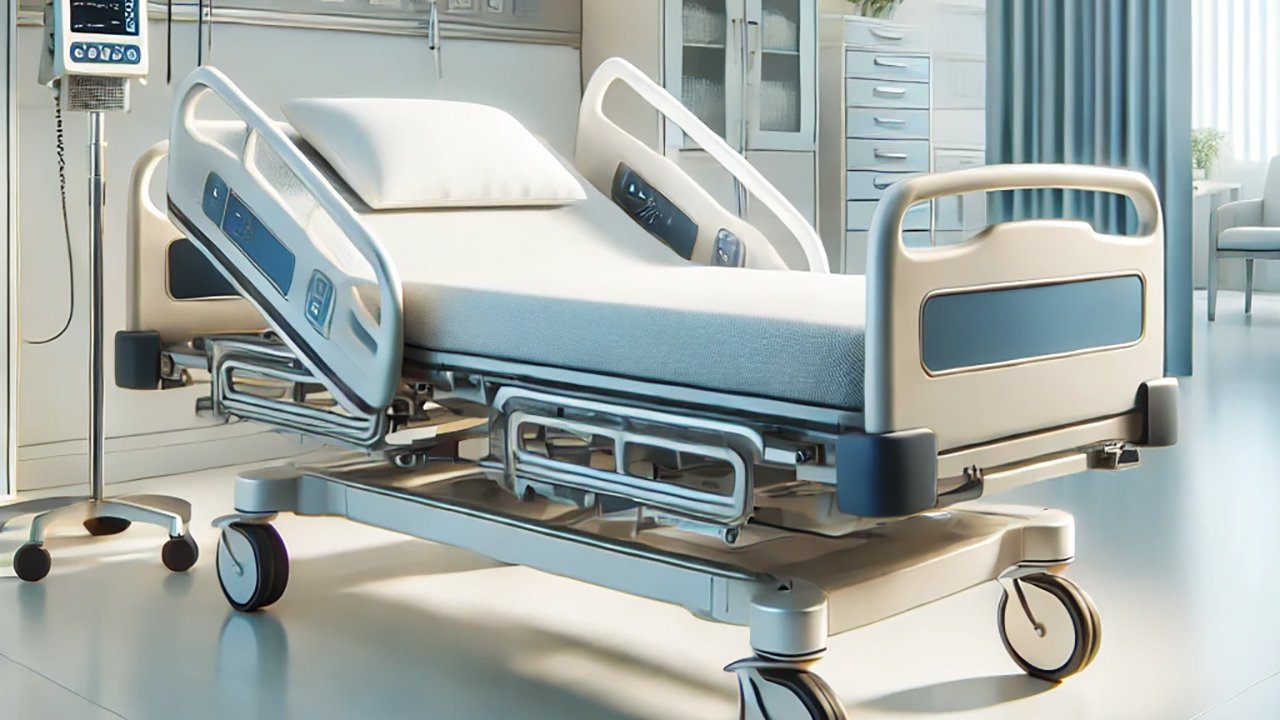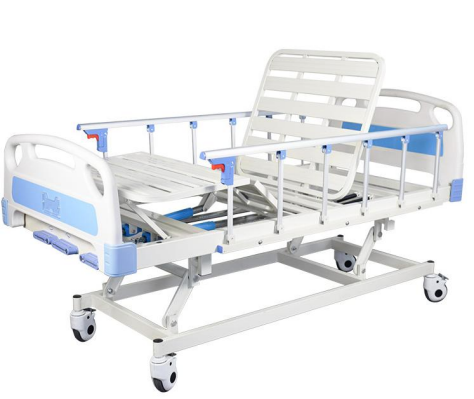Not known Facts About Hospital Beds For Home Use
Not known Facts About Hospital Beds For Home Use
Blog Article
The 45-Second Trick For Hospital Beds For Home Use
Table of ContentsWhat Does Hospital Beds For Home Use Do?Everything about Hospital Beds For Home UseAll about Hospital Beds For Home UseThe 3-Minute Rule for Hospital Beds For Home UseHow Hospital Beds For Home Use can Save You Time, Stress, and Money.What Does Hospital Beds For Home Use Mean?Some Known Factual Statements About Hospital Beds For Home Use
There are 3 main kinds of health center beds: guidebook, semi-electric, and fully-electric. These beds make use of hand cranks to change the bed's elevation and increase and lower the head and the foot.
Semi-electric beds have an electric motor to elevate and decrease the head and foot parts of the bed (hospital beds for home use). Full-electric beds have an electric motor that can increase the head and foot sections of the bed as well as the whole height and positioning of the bed.
How Hospital Beds For Home Use can Save You Time, Stress, and Money.
Some designs can also move into more positions, such as the Trendelenburg (tilt) setting. There are several sorts of medical facility beds, each designed to satisfy details patient requirements. Here are some usual kinds: This is the most typical type of healthcare facility bed, made for general medical use. It has a handbook or electrically adjustable headrest, foot rest, and height.
Reduced to the ground than a common bed. This kind of bed is designed for larger people, with a broader frame and greater weight capacity than a typical bed.
This kind of bed is developed for seriously unwell people who require open surveillance and specialized clinical devices such as ventilators and infusion pumps. This type of bed is designed for use during labor and delivery, with flexible positions and functions to support the mother and infant throughout the birth process.
Hospital Beds For Home Use Things To Know Before You Buy
Multiple feature and the accessories perform broadening grip to different components of the vertebra and the extremities without moving the human body. These are just a few examples of the sorts of healthcare facility beds available. The details type of bed made use of will rely on the individual's problem, medical demands, and other variables.
Here is the important things you require to know. A one-function healthcare facility bed is a clinical bed that permits a person to relocate only the head or foot section up or down. A 2 feature medical facility bed commonly describes a kind of medical bed that has 2 flexible features to aid patients in medical facilities or treatment facilities.

5 Simple Techniques For Hospital Beds For Home Use
A 7-function ICU bed is a kind of clinical bed that offers numerous adjustable functions to support critically ill people in a critical care unit (ICU) (hospital beds for home use). The seven functions usually include: Back-rest modification: The back-rest can be adjusted to numerous angles to help the client rest up or relax comfortably
Elevation modification: The bed can be elevated or decreased to make it much easier for clients to enter and out of bed, and for caretakers to give treatment. Trendelenburg setting: The entire bed can be slanted to advertise blood circulation and flow in the body. Reverse Trendelenburg placement: The bed can likewise be slanted in the opposite direction discover this to advertise blood circulation and blood circulation in the top body.
While even more inexpensive than electrical versions, these beds need exertion for changes. The primary benefits of hands-on beds are their cost and dependability, as they do not rely on electricity. Nonetheless, the requirement for manual initiative can be a constraint in situations where fast adjustments are necessary or where caretakers face physical challenges.
About Hospital Beds For Home Use
Semi-electric medical facility beds use an equilibrium of manual and electric controls. These beds supply an excellent center ground in between handbook and totally electric options, using convenience of usage without the full price of electrical models.
Semi-electric beds are appropriate for clients that require moderate adjustments to the head and foot areas yet can manage without frequent height modifications. This makes them a cost-effective solution for those looking for comfort and ease without the requirement for constant repositioning. Completely electric healthcare facility beds feature electrical controls for seamless changes to the elevation, head, and foot areas.
Specialized hospital beds, such as ICU beds, lasting treatment beds, and bariatric beds, are meticulously developed to deal with certain clinical demands. These beds offer customized treatment for varied client groups, enhancing both end results and convenience. In the adhering to sections, we will certainly check out the primary kinds of specialized hospital beds, describing their specific benefits and applications.
With years of experience in manufacturing electric direct actuators - hospital beds for home use and close partnership with the health care market, TiMOTION is well-positioned to supply trusted health care solutions. Our up and down integrated firm manages every action of the manufacturing process, from design to actuator setting up, ensuring we deliver extraordinary value and tailored remedies customized to your certain demands
The Facts About Hospital Beds For Home Use Revealed

To find out more about incorporating these innovations right into your products, contact us today. Additional analysis:.
Data is sourced from the Medicare Price Record. Accessed January 2025. Temporary intense treatment health centers have the highest possible average number of beds at 187. They are the most usual type of health center in the U.S. and compose even more than 50% of united state healthcare facilities. Kid's health centers have 178 beds on average and VA health centers typical 175 beds.

Getting My Hospital Beds For Home Use To Work
A medical facility bed is a bed developed particularly for medical purposes. It is not just an area for individuals to rest, but also a system for clinical procedures. Unlike ordinary home beds, health center beds usually have adjustable features, which can promote medical staff to make numerous changes according to the requirements of people, such as changing the elevation, inclination, and assistance angle of the back and legs of the bed.
Report this page